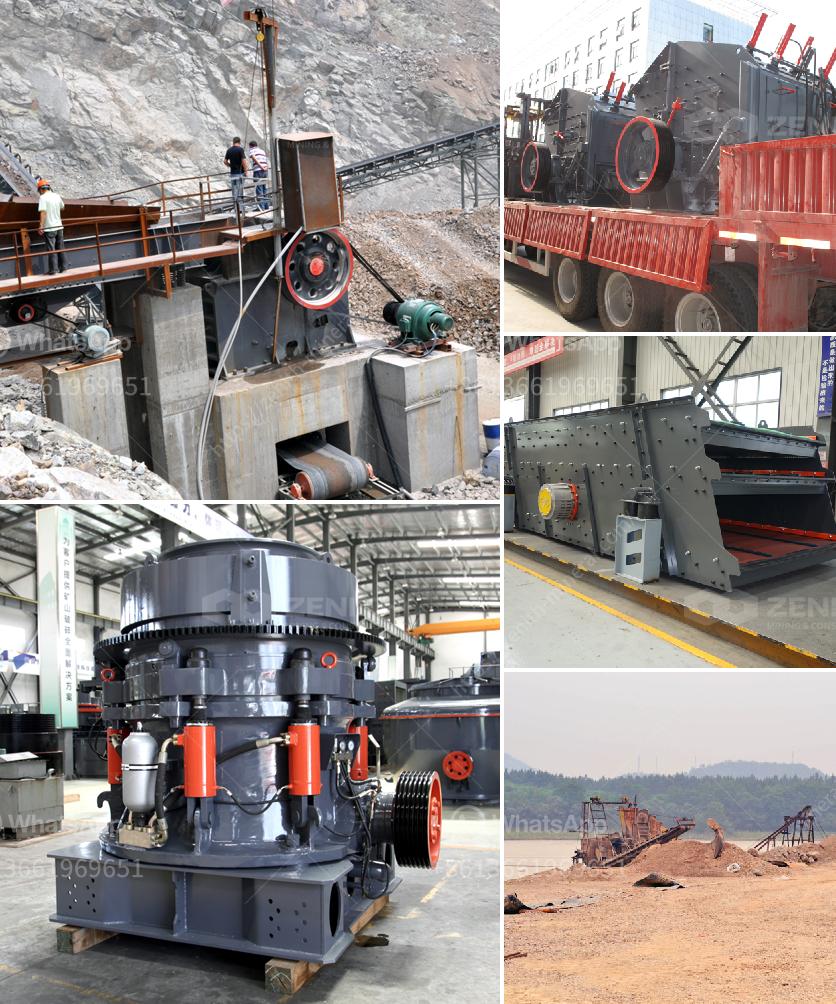Choosing the right size of jaw crusher involves several critical factors:
-
Identify Material Characteristics:
- Type of Material: Determine if you will be crushing hard rock, recycled materials, or other types of material.
- Hardness: Understand the hardness of the material to determine the crusher's capacity to break it down effectively.
- Moisture Content: High moisture can clog the crusher and decrease efficiency.
-
Define Production Requirements:
- Desired Capacity: Know the required output in tons per hour (tph).
- Feed Size: Calculate the maximum size of the material that will be fed into the crusher. The feed size should not exceed 80% of the jaw crusher's gape.
-
Output Size:
- Determine the desired size of the finished product. Adjust the closed side setting (CSS) of the crusher to meet these specifications.
-
Operational Considerations:
- Space and Access: Ensure you have enough space to install and operate the crusher safely.
- Mobility: Depending on your specific needs, decide if a stationary or mobile crusher is more suitable.
-
Budget:
- Factor in the total investment cost, including purchase, installation, maintenance, and operational expenses.
-
Manufacturer Recommendations:
- Consult the manufacturer's spec sheets and technical data to compare different models that meet your requirements.
-
Expert Consultation:
- Seek advice from industry experts or engineers to ensure the selected jaw crusher size will meet your operational needs effectively.
By carefully considering these factors, you can select a jaw crusher size that will optimize efficiency, productivity, and cost-effectiveness for your specific project.

